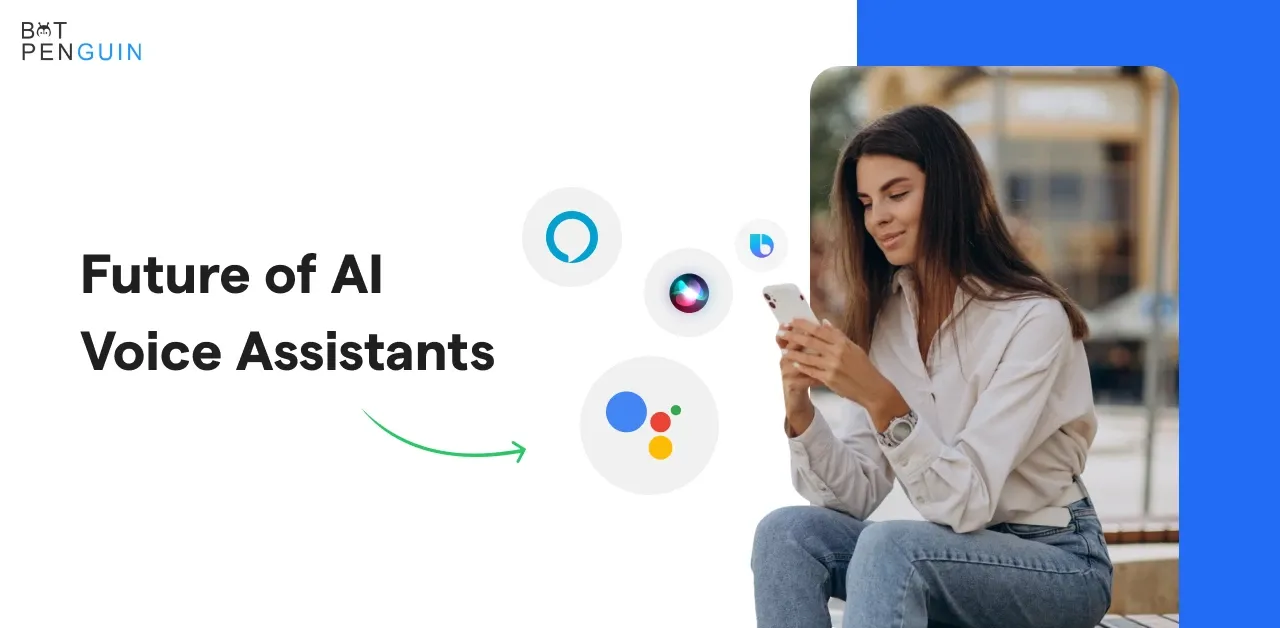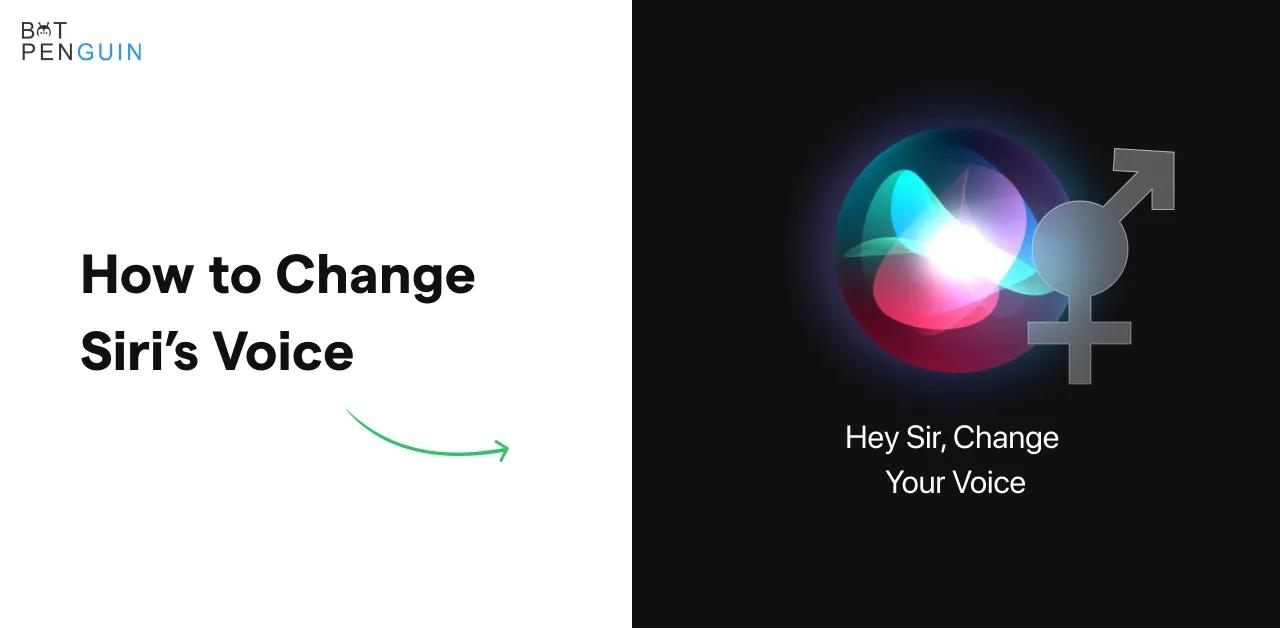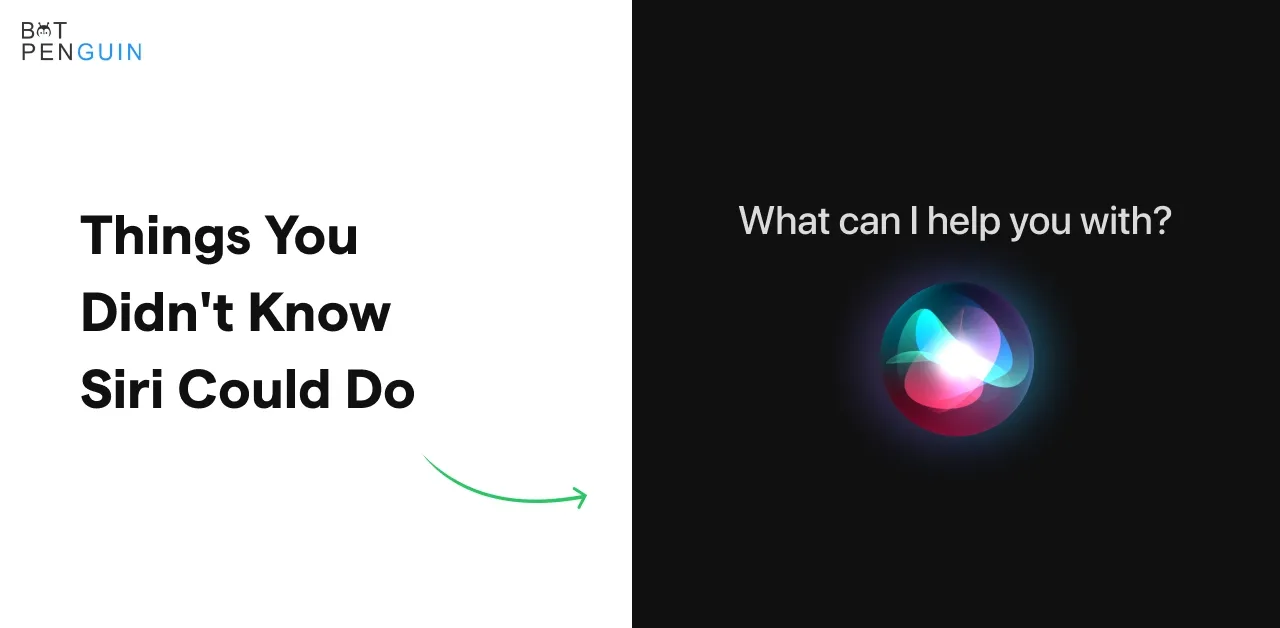No one would have imagined that the technologically advanced make-believe universe of "Star Trek," which pushed the limits of imagination, could come real - so soon -- about twenty years ago.
We may now make our way to the closest grocery store or the most excellent restaurants with the assistance of the voice technology used to create the conversational assistant Captain Kirk used to navigate the stars.
Voice recognition technology has advanced significantly in less than twenty years. What, though, lies ahead?
The market for voice recognition technology was estimated to be worth $10.7 billion in 2020. By 2026, it is anticipated to soar to $27.16 billion, rising at a CAGR of 16.8% between 2021 and 2026.
Numerous reasons have contributed to the speech technology industry's extraordinary rise.
Increased use of electronic gadgets, the creation of voice-activated biometrics and voice-activated navigation systems, and improvements in machine learning models are a few of these trends.
Let's examine this new technology and learn about its Pros, cons & future.
Voice technology – what is it?
Today's technology makes it feasible for computer programs to comprehend voice.
Voice technology programs can hear what you say and translate it into a digitized version that can read and do analysis.
So how does it accomplish this? Using machine learning and artificial intelligence.
An algorithm that can be developed over time is created using much data.
The AI then analyzes this data to find trends and learns from them. It records what you say while taking into account prior input. It can even comprehend some aspects of your speech, such as your usage of regional dialects.
Voice recognition enables your computer, smart speaker, or mobile device to hear what you're saying.
How Do You Use Voice Recognition?
Before the voice recognition system can accurately identify the speaker, it must go through a few processes.
Analog audio is first transformed into digital signals. In your device, the voice assistant, or microphone, picks up your speech, translates it into electrical currents, and then converts those electrical currents into digital binary representation to determine your question.
The program collects samples of voltage fluctuations in certain current portions as the electrical signals enter the analog-to-digital converter.
The models are only a few thousandths of a second long, which is relatively brief. The converter will transform the data into binary digits based on the voltage.
Voice technology needs a complex digital library of vocabulary, syllables, and words or phrases and a speedy way to compare the signals to the data to understand the signs. The comparator uses a pattern recognition operation to reach the audio-to-digital converter with the sounds from the database that has been saved.
Pros of Voice technology
• Voice technology offers disability support.
One significant benefit of voice recognition technology is allowing impaired persons to type and use computers. Many people have disabilities that prevent them from using their hands to type or use computers. These individuals now have access to a whole new universe and can still engage in our highly digital society thanks to voice recognition technologies.
• Voice technology resolves spelling error problems.
The fact that the voice recognition technology seems always to know how to spell the words you speak is another manner in which they are accommodating.
Many individuals need help with proper word usage and spelling, particularly regarding terms like to, too, two, whether, and weather.
Thanks to voice recognition technology, these folks no longer struggle with this, which also saves them a ton of time.
• Voice technology offers a time saver for those who have trouble typing.
Voice technology is an incredible time saver for those who have trouble typing quickly or accurately.
Many people need help to acquire appropriate keyboard hand placement and need to improve at typing while having excellent ideas.
These folks often find typing uncomfortable, and many give up because they order much more slowly than they imagine.
Voice recognition technology can assist these folks in putting their thoughts on paper as quickly as possible.
• Voice technology offers specialization.
By enabling users to annotate files, voice recognition technology is enhancing companies in yet another manner. Voice Command Technology (VCT) is assisting doctors in the medical field by allowing them to enter notes directly into a patient's Electronic Health Record (EHR).
A thorough medical vocabulary integrated into VCT in the medical sector enables doctors to add important messages to patients' files accurately.
Cons of voice technology
• Lack of training
These kinds of applications have the disadvantage that, upon initial purchase, you must educate them to distinguish between different voices.
It takes time for an application to become familiar with your voice and speaking style.
It implies that you must first put a lot of time and attention into your program. Even after it has been taught, it is still susceptible to errors, such as having trouble telling the difference between words with similar sounds or failing to identify an uncommon name.
Some users discover that despite extensive training, the software may still need help recognizing their voice, only performing at its best when they adopt an artificial speaking tone and over-enunciate sentences.
As a result, the encounter may become unpleasant and uncomfortable since speaking becomes more difficult.
• Voice technology faces retention
These applications may have been created to expedite work, but that doesn't imply they are completely error-free.
The program occasionally needs a few seconds to recognize what has been stated.
This might be irritating for writers accustomed to having their productivity limited solely by how swiftly their fingers can move and who prefer uninterrupted cognitive processes.
• Voice technology has a limited vocabulary.
"Normal" English words are recognized by voice recognition software. While this works well for writing, most of the time, there are moments when it falls short.
For instance, the program's lexicon won't include uncommon names or made up for a tale. Today's environment makes it challenging to spell even traditional words since so many people use strange spellings; software can't tell whether you say "James" when you mean "Jaymz." Slang might be problematic as well.
A voice recognition system might not work well if you're attempting to write in a certain voice; the time it takes to go back and correct the mistakes and the irritation you experience might not be worth it.
• Voice Technology in the Future
71% of customers prefer voice search to manual typing because it is faster and allows them to multitask.
However, as voice assistants get more powerful, easier to use, and capable of understanding context significantly better, more people will turn to voice search and virtual recognition for assistance with their daily duties.
Voice technologies are projected to become more proactive in the near future. Instead of just waiting for user orders, assistants will gather context-specific information and then take the initiative by giving valuable suggestions to the user.
People, for example, may communicate with their in-car voice assistants to obtain information on fuel levels, diagnostics, and servicing requirements, as well as system settings that may need to be adjusted.
Therefore, the voice assistant may advise heading to the closest gas station (with GPS instructions if necessary) when gasoline levels are low.
Additionally, combining them with IoT devices or home automation systems might link an in-car voice assistant to intelligent home systems. It would allow automobile owners to switch on the heating before they leave the house, turn off the lights when they depart, and set the alarm.
By identifying a voice and linking it to a particular credit card or bank account, voice assistants may soon be able to confirm transactions. By using voice instructions alone, users can pay for their orders; the voice assistant will merely ask them to confirm the purchase.
The ability to pay via voice commands is gradually gaining acceptance. In 2017, just about 8% of US adults utilized voice payments; by 2021, that percentage had increased to 24%. As more individuals hunt for instantaneous and contactless payment options, Statista also forecasts that by 2022, over 30% of Americans will be using voice payments.
Some businesses still need to be more hesitant to accept this payment option out of concern that it would provide scammers more access points.
However, employing voice biometrics could be a solution in this case. Voice technology equipped with speech biometrics technology shouldn't have trouble telling the difference between legitimate owners of bank accounts or credit cards and criminals because each voiceprint is distinct and virtually challenging to fake.
Furthermore, by simply rejecting any payment requests that fail voice verification, it can function just as effectively at preventing any unintentional purchases (made by minors, for example) from going through.
Conclusion
Voice recognition technology is a trend that many individuals and organizations want to embrace since it can help not just homes but also enterprises.
As speech searches and voice technology became more popular, companies began exploring whether they should use such technology in their communication strategy.
Innovation and enhancement are still occurring, but keep in mind that speech technology has gradually shown its benefit to having voice assistance in your daily life.
We hope you like our blogs. For more blogs, visit to BotPenguin!



